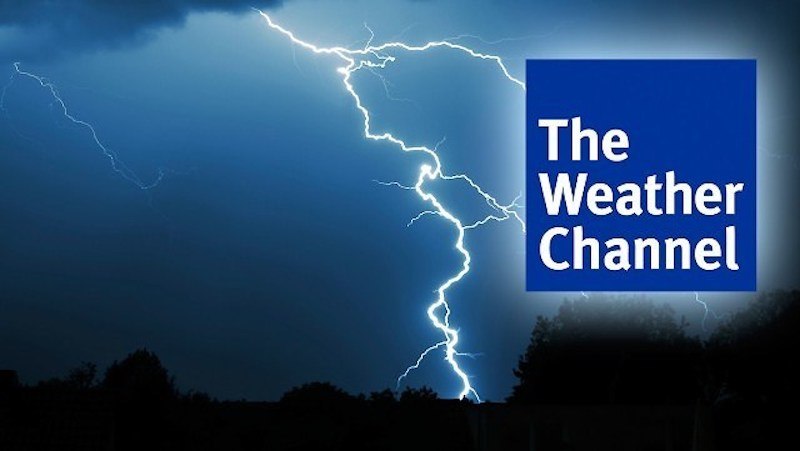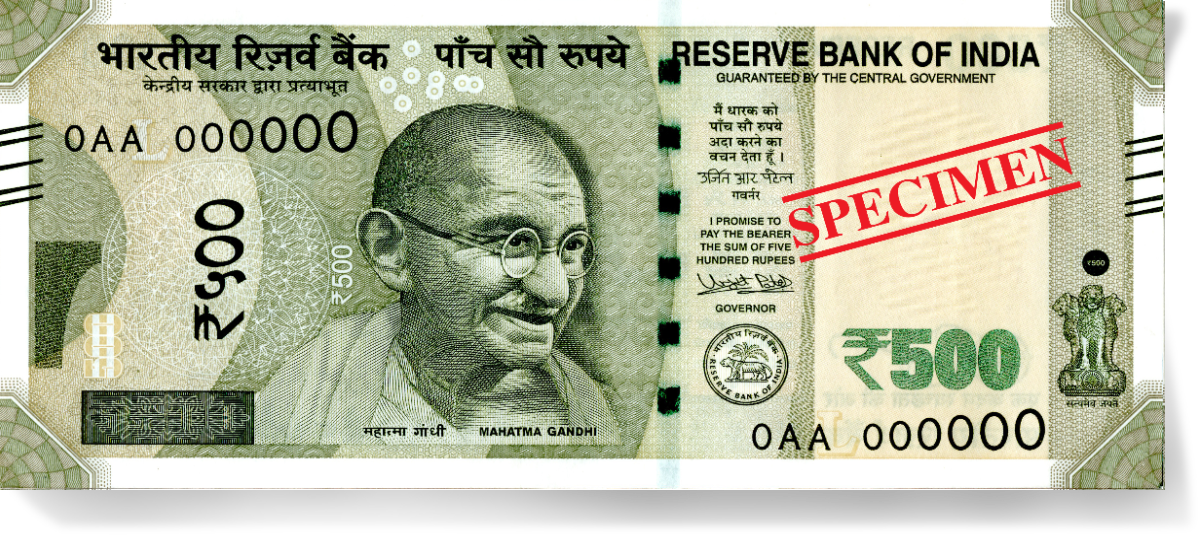Weather Trends: What the Scientists Say “Good, the Bad, and the Ugly”
Weather Trends: Criteria and Causes
Weather trends are determined by a variety of criteria, including temperature, precipitation, wind, humidity, and air pressure. These factors can be tracked and analyzed over time to identify trends in weather patterns. For example, if the average temperature in a region has been increasing steadily over the past few decades, that would be considered a weather trend.
Criteria for Weather Trends
- Temperature: Temperature is the average kinetic energy of the particles in a substance. It is measured in degrees Celsius (°C) or degrees Fahrenheit (°F). Temperature is one of the most important factors in determining weather conditions. For example, high temperatures can lead to heat waves and droughts, while low temperatures can lead to cold snaps and snowstorms.
- Precipitation: Precipitation is any form of water that falls from the atmosphere, such as rain, snow, sleet, and hail. It is measured in millimeters (mm) or inches (in.). Precipitation is essential for life on Earth, but too much or too little precipitation can cause problems. For example, excessive precipitation can lead to flooding, while prolonged drought can lead to water shortages and crop failures.
- Wind: Wind is the movement of air from one place to another. It is measured in meters per second (m/s) or miles per hour (mph). Wind can have a significant impact on weather conditions. For example, strong winds can cause storms, tornadoes, and dust storms.
- Humidity: Humidity is the amount of water vapor in the air. It is measured as a percentage. High humidity can make it feel hotter than it actually is, while low humidity can make it feel cooler than it actually is. Humidity can also affect precipitation patterns. For example, high humidity can lead to thunderstorms and heavy rainfall.
- Air pressure: Air pressure is the force exerted by the weight of the atmosphere on a particular surface. It is measured in millibars (mb). Air pressure can affect weather conditions. For example, low air pressure can lead to storms and hurricanes, while high air pressure can lead to clear skies and calm winds.
Causes of Weather Trends
Weather trends can be caused by a variety of factors, including climate change, El Niño and La Niña, and other natural and human-caused phenomena.
- Climate change: Climate change is a long-term shift in global or regional climate patterns. It can be caused by natural factors, such as changes in solar activity or volcanic eruptions, or by human activities, such as the release of greenhouse gases into the atmosphere. Climate change is a major driver of weather trends, and it is expected to have a significant impact on weather patterns in the future.
- El Niño and La Niña: El Niño and La Niña are climate patterns that occur in the Pacific Ocean every few years. El Niño is characterized by warmer-than-average sea surface temperatures in the central and eastern Pacific Ocean, while La Niña is characterized by cooler-than-average sea surface temperatures in the same region. El Niño and La Niña can cause changes in weather patterns around the world. For example, El Niño is often associated with warmer winters in the United States and cooler winters in Australia, while La Niña is often associated with cooler winters in the United States and warmer winters in Australia.
- Other factors: Other factors that can influence weather trends include changes in ocean currents, land use patterns, and air pollution. For example, changes in ocean currents can affect the distribution of heat and moisture around the world, while land use patterns can affect the amount of sunlight and heat that is absorbed by the Earth's surface. Air pollution can also affect weather patterns, for example by trapping heat in the atmosphere and contributing to climate change.
Impacts of Weather Trends
Weather trends can have a significant impact on human society and the environment. For example, rising temperatures can lead to more extreme weather events, such as heat waves, droughts, and floods. Changes in precipitation patterns can affect crop production and water availability. Sea level rise can inundate coastal communities and displace millions of people.
It is important to monitor weather trends and understand the factors that influence them in order to prepare for potential impacts. For example, farmers can use weather forecasts to plan their planting and harvesting schedules, and coastal communities can develop flood protection measures to protect themselves from rising sea levels.
End of Conclusion
Weather trends are determined by a variety of criteria, including temperature, precipitation, wind, humidity, and air pressure. These factors can be tracked and analyzed over time to identify trends in weather patterns. Weather trends can be caused by a variety of factors, including climate change, El Niño and La Niña, and other natural and human-caused phenomena. Weather trends can have a significant impact on human society and the environment, and it is important to monitor them and understand the factors that influence them in order to prepare for potential impacts
Writer
Devraj Gorai

























